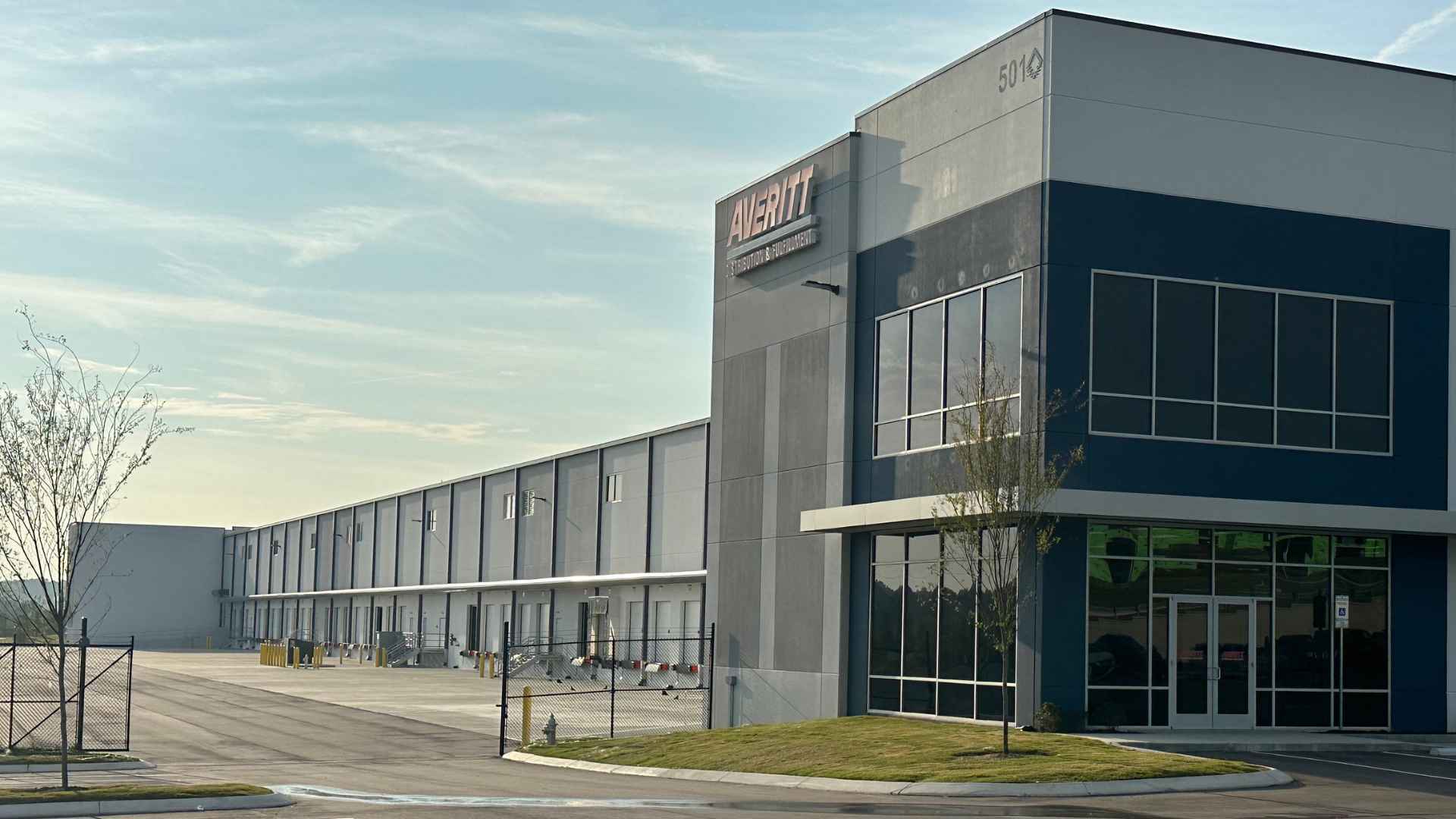Over the past several years, two important challenges have developed for supply chains. First, the growth of online shopping has increased shipping volumes and demand for quick deliveries to consumers. Secondly, the driver shortage has strained freight capacity across multiple areas of the supply chain process.
Together, these challenges have forced shippers to rethink their warehousing and distribution services strategy. This is especially true for shippers that move mid to high volumes of freight across multiple markets.
To that point, look at Amazon's warehousing and distribution services model. Marketplace shippers (and increasingly Amazon's own line of products) sell to customers throughout North America and around the globe. To keep customer prices under control, Amazon understands the value in local and regional warehousing and distribution services.
With approximately 75 fulfillment centers and 25 sortation centers in the U.S. alone, the company's supply chain is structured to reduce final mile transit times and costs. This structure allows sellers to stage inventory across multiple key markets rather than having to ship individual orders hundreds or even thousands of miles.
Well, that warehousing and distribution services strategy is great for Amazon's sellers, but what about B2B and B2C shippers that sell and move products independently? It goes without saying that most businesses lack the capital to build a supply chain infrastructure on the scale of Amazon. Nonetheless, local and regional fulfillment solutions are increasingly becoming available to shippers to meet the growing demands of today's supply chain.






